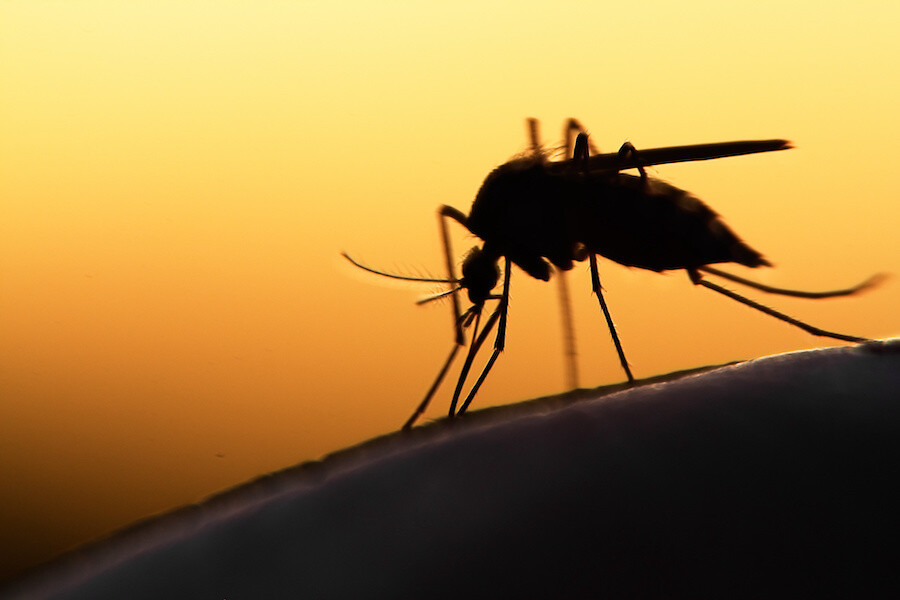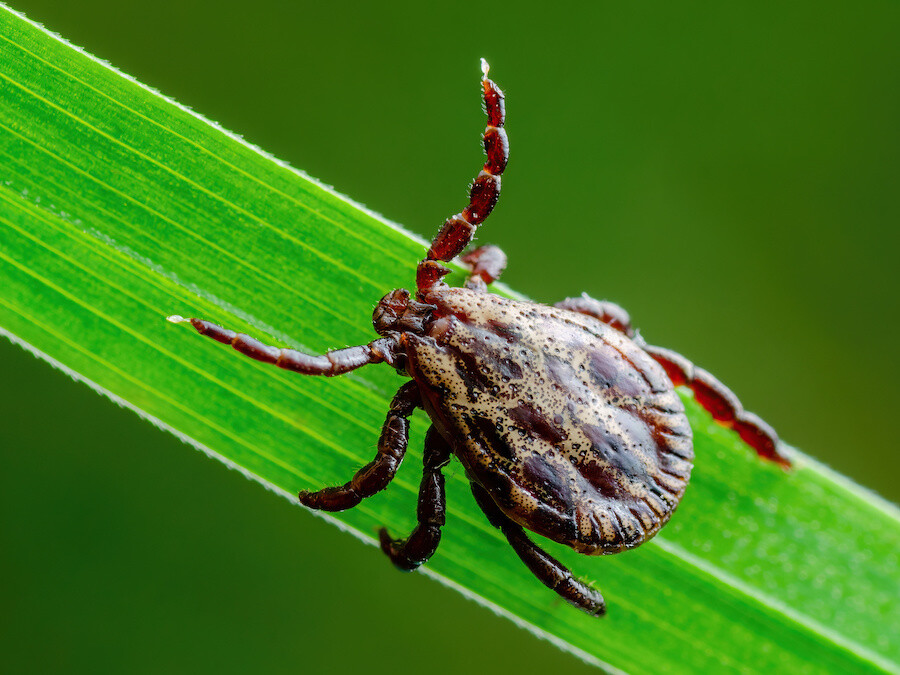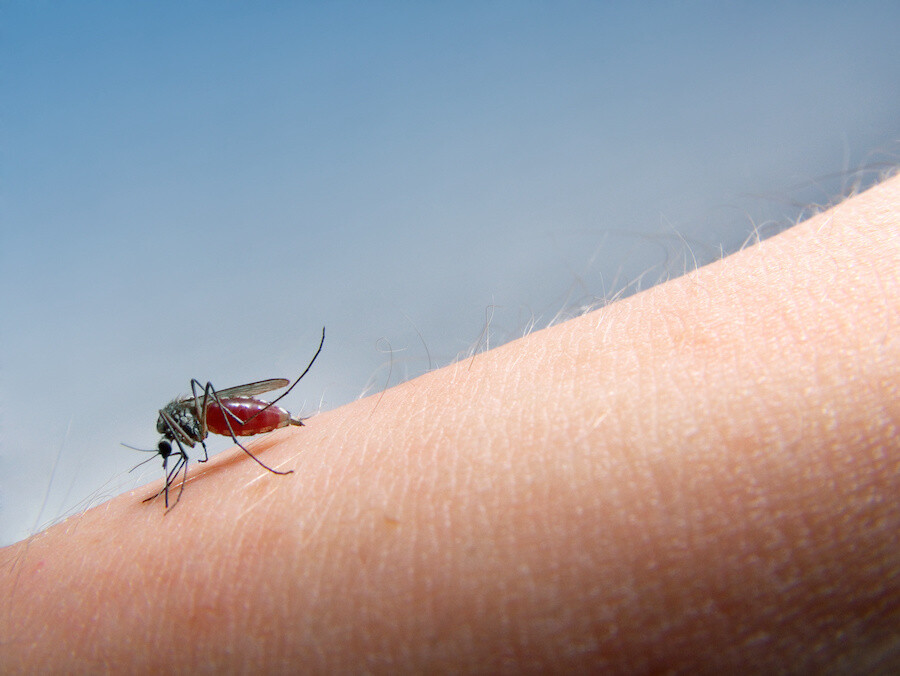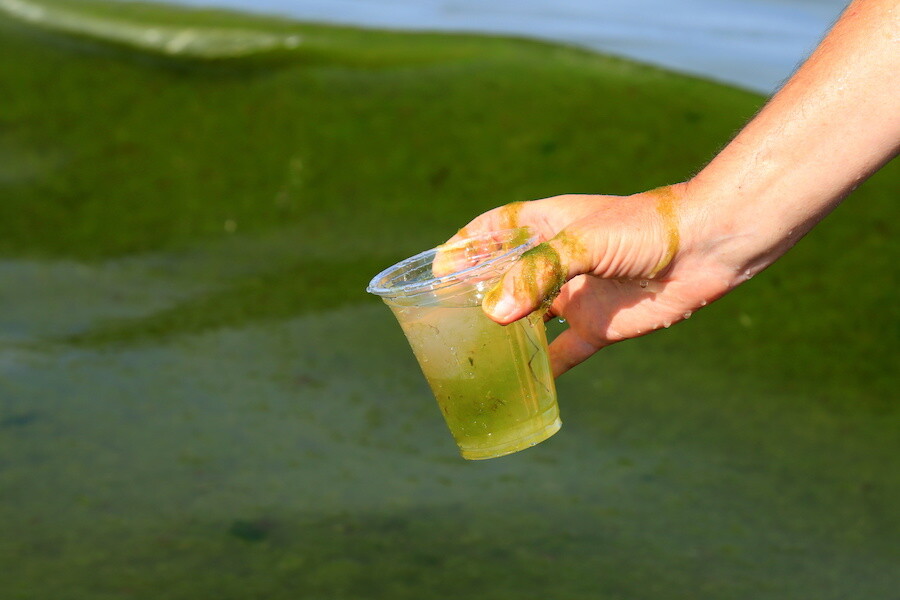Residents are advised to protect themselves and their children from mosquito bites
The Connecticut Department of Public Health (DPH) today announced that a Connecticut resident has tested positive for West Nile virus (WNV) infection. This is the second human case of WNV-associated illness identified in Connecticut this season.
The patient, who is between 50–59 years of age, became ill during the third week of August with West Nile meningoencephalitis, was hospitalized, and has recovered. Laboratory tests confirmed the presence of antibodies to WNV. This person is a resident of Hartford County.
“The identification of a Connecticut resident with West Nile virus associated illness requiring hospitalization emphasizes the potential seriousness of this infection,” said DPH Commissioner Manisha Juthani, MD. “As we approach the cooler weather, it is important to take precautions to avoid mosquito bites. Using insect repellent, covering bare skin, and avoiding being outdoors during the hours of dusk and dawn are effective ways to help keep you from being bitten by mosquitoes.”
“We continue to have weather conditions that are favorable for the mosquitoes that transmit West Nile virus,” added Philip Armstrong, ScD, medical entomologist at the Connecticut Agricultural Experiment Station. “These mosquitoes are most abundant in urban and suburban areas with dense human populations. We anticipate continued risk for human infection until mosquito activity subsides in October.”
West Nile virus has been detected in Connecticut every year since1999 and is the most prevalent mosquito-borne disease in the U.S. Last year. Most people (eight out of 10) infected with WNV do not develop symptoms. About one in five people who are infected develop West Nile fever, an illness which includes fever and other symptoms, such as body aches, joint pain, headache, or a rash. About one out of 150 infected people develop a severe illness affecting the central nervous system. About one out of 10 cases of severe illness are fatal. People over the age of 60 are at highest risk of serious illness.
Tips for reducing mosquitoes around homes
Mosquitoes require water for reproduction. The following are measures that can help reduce mosquitoes:
- Eliminate standing water suitable for mosquitoes. Dispose of water-holding containers, such as ceramic pots, used tires, and tire swings.
- Drill holes in the bottom of containers such as those used for recycling.
- Clean clogged roof gutters.
- Turn over objects that may trap water when not in use, such as wading pools and wheelbarrows.
- Change water in bird baths on a weekly basis.
- Clean and chlorinate swimming pools. When pools are not in use, use pool covers and drain when necessary.
Tips for avoiding mosquito bites when outdoors
Mosquitoes require a blood meal for reproduction. The following are measures that can help reduce bites from mosquitoes that feed on people:
- Minimize outdoor activities at dusk and dawn when mosquitoes are most active.
- Wear shoes, socks, long pants, and long-sleeved shirts. Clothing material should be tightly woven and loose fitting.
- Use mosquito netting when sleeping outdoors.
- Consider the use of CDC-recommended mosquito repellents, containing DEET, picaridin, oil of lemon eucalyptus, IR3535, or 2-undecanone, and apply according to directions, when it is necessary to be outdoors.
- When using DEET, use the lowest concentration effective for the time spent outdoors (for example, 6 percent lasts approximately two hours and 20 percent for four hours) and wash treated skin when returning indoors. Do not apply under clothing, to wounds or irritated skin, the hands of children, or to infants less than two months old.
- Be sure door and window screens are tight fitting and in good repair to avoid mosquito bites when indoors.
The State of Connecticut Mosquito Management Program is a collaborative effort involving the Department of Energy and Environmental Protection, the Connecticut Agricultural Experiment Station, the Department of Public Health, the Department of Agriculture, and the University of Connecticut Department of Pathobiology and Veterinary Science. These agencies are responsible for monitoring the potential public health threat of mosquito-borne diseases.
The CAES maintains a network of 108 mosquito-trapping stations in 88 municipalities throughout the state. Mosquito traps are set Monday through Thursday nights at each site every ten days on a rotating basis. Mosquitoes are grouped (pooled) for testing according to species, collection site, and date. Positive findings are reported to local health departments and on the CAES website at http://www.ct.gov/caes/mosquitotesting.
For information on West Nile virus and how to prevent mosquito bites, visit the Connecticut Mosquito Management Program Web site at www.ct.gov/mosquito.






